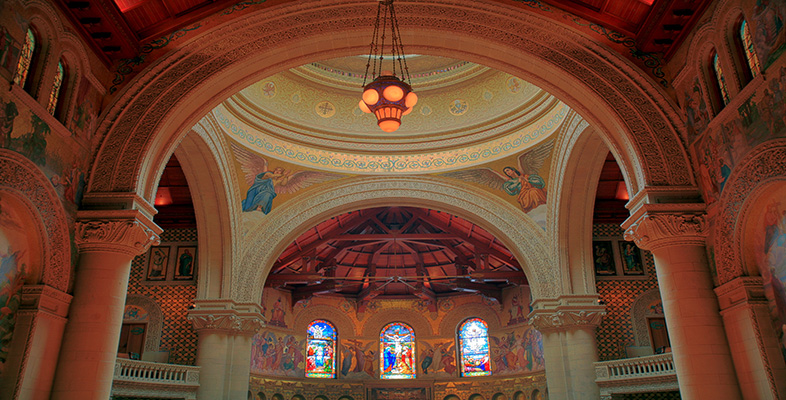2.1 A world of stuff
In his book Creativity, Innovation, and Making Stuff (2007), Rich Gold calls the totality of designed things we have around us ‘the plenitude’. He looks around his kitchen and tries to count the number of things there are:
I can easily count a thousand, but the actual answer is fractal. Every appliance, every tool, even every food (certainly if you count pesticide residue) is compound and is composed of tens, hundreds, sometimes thousands of other things. And every day new shopping bags arrive filled with yet more things. The bags were filled at malls and supermarkets, themselves filled with millions of things. It’s a lot of stuff.
Some of the stuff is called media and it’s filled with transient, slightly more ethereal stuff. Some large part of the stuff in the media are words and images designed to get us to purchase the non-mediated stuff (and services to manage the stuff). While it is true that each piece of stuff satisfies some desire, it is also true that each piece of stuff creates the need for even more stuff. Cereal demands a spoon; a TV demands a remote. The stuff coevolved and is intertwined and interdependent. Recently some of the stuff, like an early Disney movie, has begun to chat and dance behind our backs. And all the while, more bags of stuff keep coming in the door.
This world of stuff is ‘the plenitude’, according to Gold. Tellingly, he says that each piece of stuff ‘satisfies some desire’ and this is a key feature of design. Design is something that meets a desire, and the reason that the desire is there in the first place is because somehow there is an unfulfilled need asking to be met. It may be a better way to slice bread. It may be a new bypass or a new pair of trousers. Whatever the need, design is something that can help.
Why is there a need in the first place? This is rather a fundamental question! Gold points to the fact that fulfilling one desire creates a need for other things. Twenty years ago we communicated with other people using telephones, but these were tethered to one place (‘landline phones’). When the technology had been developed sufficiently, and the things were made available, we discovered we ‘needed’ mobile phones. But the first mobile phones were very big to carry around, so we designed smaller mobile phones. Then we realised it would be handy to listen to music and take pictures and surf the Web on our phones, so a new generation of mobile phones was created. Well, you get the idea. What we need is defined as much by what we currently have, and the possibilities that suggests, as it is by what might be considered our fundamental needs – for food, shelter, light, etc.
Activity 4 Essential or not?
Have another look at Figure 1, the picture of an office. I've listed ten objects from the photo in the table below and I want you to try and work out what associated need is being fulfilled by each thing (the needs of office work). Try and classify them as either essential or non-essential to doing work. What role do you think that the non-essential things have?
| Object | Need | Essential/Non-essential | ||||
| Computer | ||||||
| Chair | ||||||
| Fan | ||||||
| Printer | ||||||
| Pictures | ||||||
| Clock | ||||||
| Filing cabinet | ||||||
| Noticeboard | ||||||
| Window | ||||||
| Desk |
Discussion
| Object | Need | Essential/Non-essential |
| Computer | Store and do work, communicate | essential |
| Chair | For comfort and support | essential |
| Fan | To make the air cooler | non-essential |
| Printer | To have a paper copy of documents | non-essential |
| Pictures | For pleasure | non-essential |
| Clock | To tell the time | essential |
| Filing cabinet | To store things | non-essential |
| Noticeboard | For reminders | essential |
| Window | To give light | essential |
| Desk | To provide a surface to work on | essential |
For me the non-essential things tend to be things that are not used all the time, or that relate to other non-essential things. For example, the printer and the filing cabinet seem to be related in some way, so perhaps there is a possibility to do without both? Do you agree with my categorisation? Some people might think that a fan was meeting an essential need, for example. I think that differences like this tell us quite a lot about the nature of ‘need’. Some things that we think of as essential – and are prepared to argue are essential – are often not essential to other people. The idea of what we need is deeply connected with design thinking, and it is a topic we will return to.
You might be surprised by just how many ‘needs’ are being met in our everyday environment. We tend to think of needs as fairly simple and singular things, but in reality they are manifold and complex, and change many times during the course of a day.
